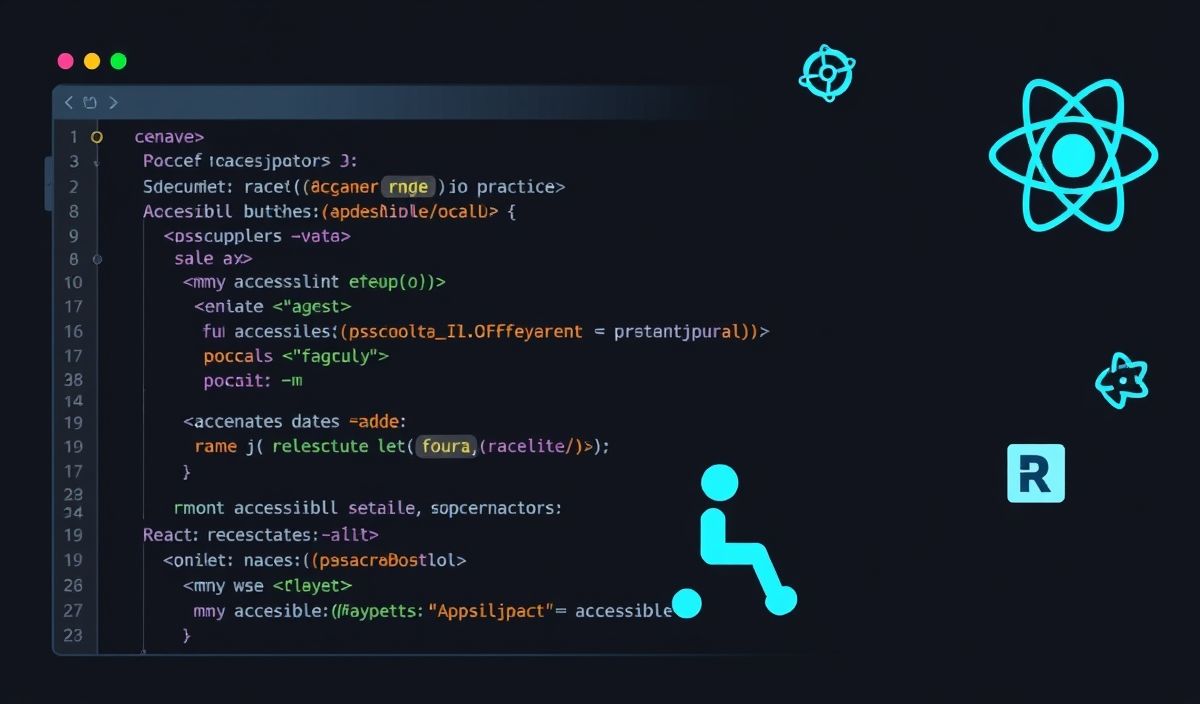Introduction to Digital Signatures
Digital signatures are a type of electronic signature that ensures the authenticity and integrity of a digital message or document. A digital signature is created using a Public Key Infrastructure (PKI) to encrypt data using a private key. This makes it highly secure and legally binding.
Popular Digital Signature APIs
1. DocuSign API
DocuSign is a widely-used digital signature platform that provides an easy-to-implement API for integrating digital signing capabilities into your application. Below is an example of how to use the DocuSign API to create an envelope.
import docusign_esign as docusign
from docusign_esign.rest import ApiException
def create_envelope():
api_client = docusign.ApiClient()
api_client.host = 'https://demo.docusign.net/restapi'
api_client.set_default_header('Authorization', 'Bearer YOUR_ACCESS_TOKEN')
envelope_definition = docusign.EnvelopeDefinition(
email_subject="Please sign this document",
documents=[
docusign.Document(
document_base64="BASE64_STRING",
name="Sample Document",
file_extension="pdf",
document_id=1
)
],
recipients=docusign.Recipients(
signers=[
docusign.Signer(
email="signer@example.com",
name="John Doe",
recipient_id="1",
tabs=docusign.Tabs(
sign_here_tabs=[
docusign.SignHere(
document_id="1",
page_number="1",
recipient_id="1",
tab_label="SignHereTab",
x_position="200",
y_position="300"
)
]
)
)
]
),
status="sent"
)
envelopes_api = docusign.EnvelopesApi(api_client)
try:
envelope_summary = envelopes_api.create_envelope('YOUR_ACCOUNT_ID', envelope_definition=envelope_definition)
print("Envelope has been sent. Envelope ID: {}".format(envelope_summary.envelope_id))
except ApiException as e:
print("Exception when calling EnvelopesApi->create_envelope: %s" % e)
2. HelloSign API
HelloSign, now part of Dropbox, provides a user-friendly API for electronic signatures. Here is an example of creating a signature request using HelloSign API.
import requests
def send_signature_request(api_key, signer_email, signer_name, file_path):
url = "https://api.hellosign.com/v3/signature_request/send"
headers = {
"Authorization": "Basic " + api_key
}
data = {
"title": "Document Title",
"subject": "Please sign this document",
"message": "Please review and sign this document at your earliest convenience.",
"signers[0][email_address]": signer_email,
"signers[0][name]": signer_name,
}
files = {"file[0]": open(file_path, "rb")}
response = requests.post(url, headers=headers, data=data, files=files)
if response.status_code == 200:
print('Signature request sent successfully.')
else:
print('Error sending signature request: {}'.format(response.text))
3. Adobe Sign API
Adobe Sign is a part of Adobe’s Document Cloud suite, providing seamless digital signature integrations. Below is an example of using Adobe Sign API to send a document for signing.
import requests
def send_for_signing(api_access_token, api_agreement_id, signer_email, signer_name):
headers = {
'Authorization': 'Bearer {}'.format(api_access_token),
'Content-Type': 'application/json'
}
url = 'https://api.na1.adobesign.com/api/rest/v6/agreements/{}'.format(api_agreement_id)
data = {
"fileInfos": [{"fileId": api_agreement_id}],
"name": "Document for Signing",
"participantSetsInfo": [
{
"memberInfos": [{"email": signer_email}],
"order": 1,
"role": "SIGNER"
}
],
"signatureType": "ESIGN",
"state": "IN_PROCESS"
}
response = requests.post(url, headers=headers, json=data)
if response.status_code == 200:
print('Document sent successfully for signing.')
else:
print('Error sending document: {}'.format(response.text))
Example Application with API Integrations
Using the APIs mentioned above, we can create a web application that allows users to upload documents and send them for signing. Below is a simplified example using Flask (a Python web framework) to handle the document upload and signature requests.
from flask import Flask, request, jsonify
app = Flask(__name__)
@app.route('/upload', methods=['POST'])
def upload_file():
if 'file' not in request.files:
return jsonify({'error': 'No file part in the request'}), 400
file = request.files['file']
if file.filename == '':
return jsonify({'error': 'No file selected for uploading'}), 400
# Save the file locally
file.save('/path/to/save/' + file.filename)
# Call your signature API functions here (e.g., DocuSign, HelloSign, Adobe Sign)
# For simplicity, let's say we call send_signature_request()
success = send_signature_request(api_key='your-api-key', signer_email='signer@example.com', signer_name='John Doe', file_path='/path/to/save/' + file.filename)
if success:
return jsonify({'message': 'File successfully uploaded and signature request sent'}), 200
else:
return jsonify({'error': 'Failed to send signature request'}), 500
if __name__ == '__main__':
app.run(debug=True)
In this example, we have a Flask web application with a single route ‘/upload’ that handles file uploads and sends the file for signing using one of the digital signature APIs.
Hash: cfebcdb74904738632c70439695a37146f315e9909aab221780b9577179b837c




